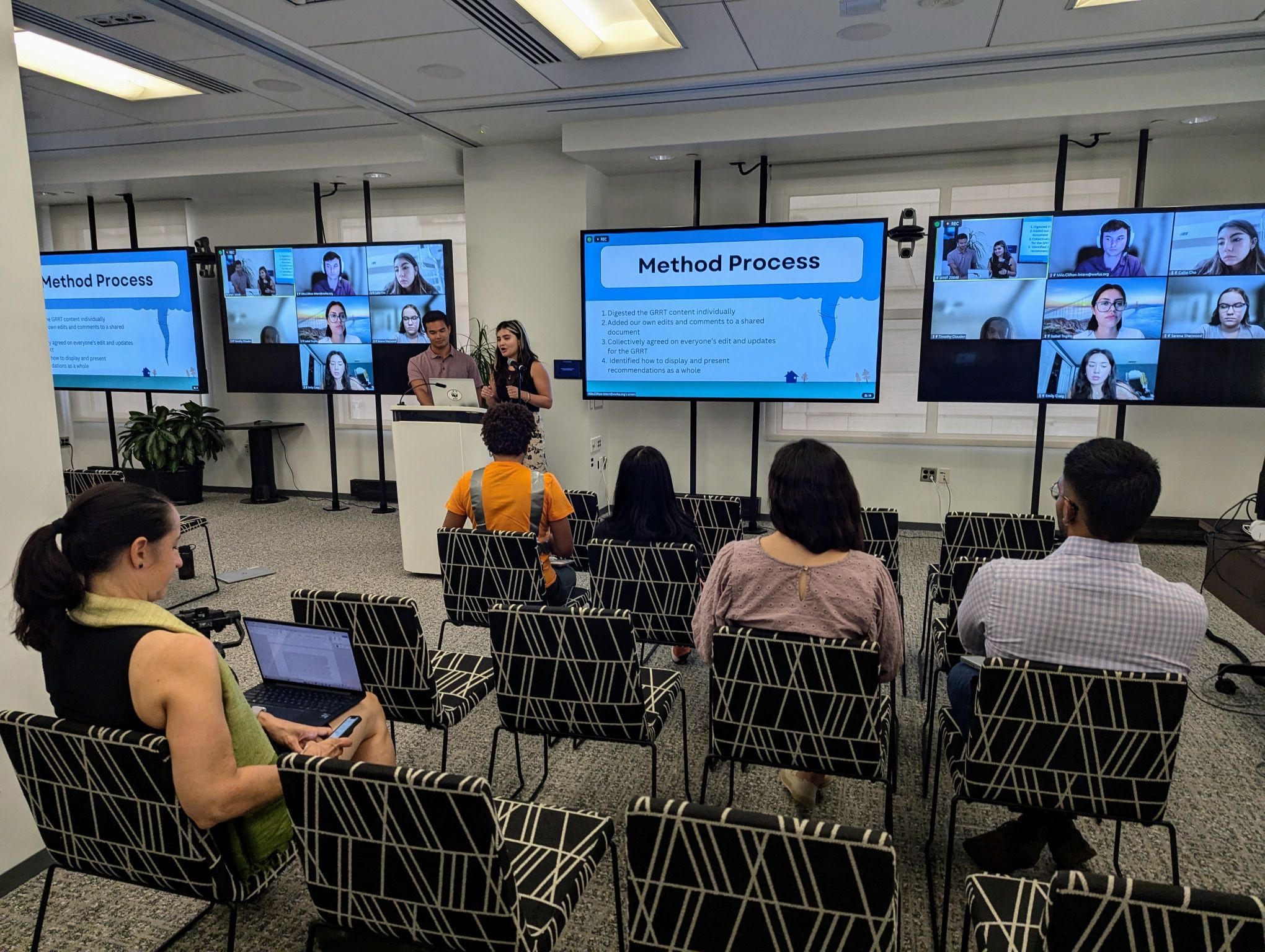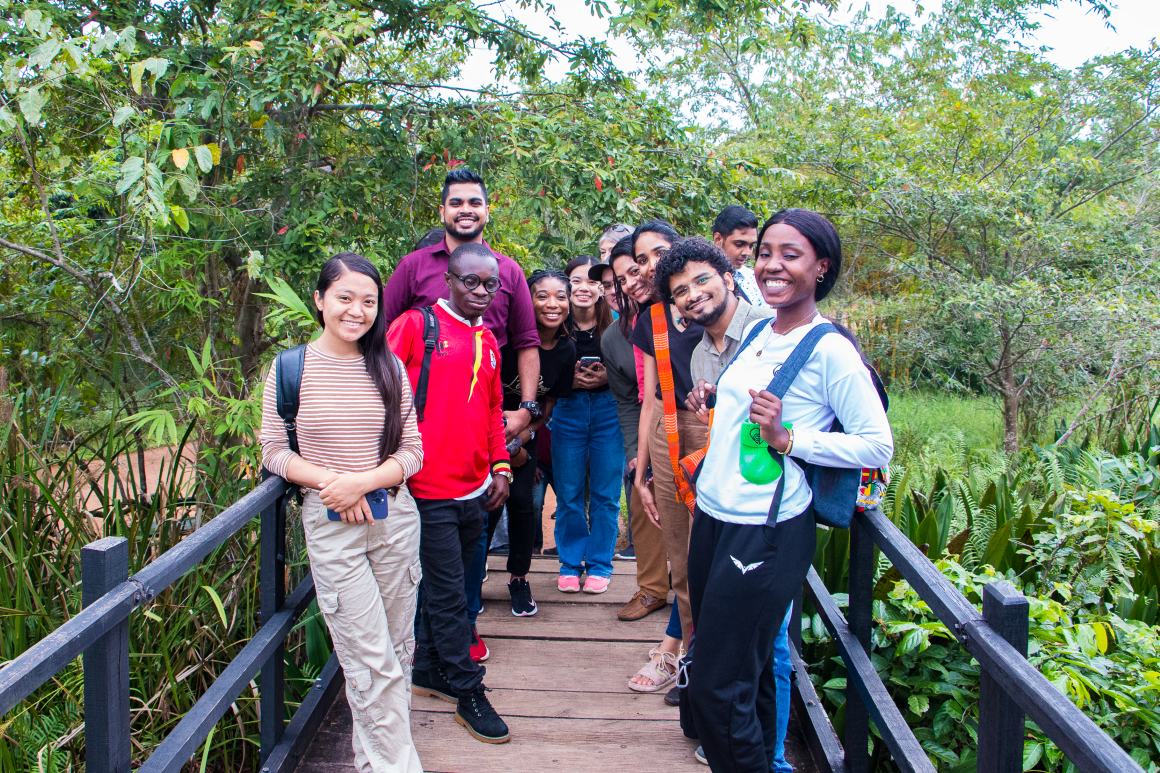Published on:
29 April 2021
Share this:
The East Kolkata Wetlands, situated on the eastern periphery of the city of Kolkata, India, are the world’s most extensive wastewater-fed fishery system.1 More than 12,500 hectares of wetlands support hundreds of fishponds and vegetable fields.
Fed by stabilized sewage water from the city of over 4.5 million people, the wetland system is an example of how people can collaborate to manage an ecosystem for multiple purposes. As Kolkata – previously known as Calcutta – expanded during the colonial period, several threats to surrounding ecosystems developed. Indiscriminate waste dumping was one of the main threats.
In the early 20th century, the first Chief Engineer of Bengali origin employed by the Calcutta Municipal Corporation built a pair of canals to drain stormwater and sewage from the city into the wetlands. The goal was to stabilize and use the nutrients in the sewage to grow fish populations.
Over time, the fisher communities who traditionally lived in the wetlands, with the support of several entrepreneurs and government officials, transformed the earlier wetland system into a thriving wastewater fishery system. Thousands of fisher families now live off the wetlands, which generate more than 10,000 metric tons of fish per year and are the only urban wetlands to gain a Ramsar “wise-use” designation.2
In this video, Ms. Dhruba DasGupta, a Kolkata-based researcher and conservation activist, speaks about the multiple benefits of maintaining the ecological health of the canal system to provide both livelihoods and flood risk reduction services. Ms. DasGupta was a participant in a 2020 Flood Green Guide training. She explains how the concepts she learned at the training helped her understand the critical role of ecosystems in urban flood risk management.
1) Hettiarachchi M., Morrison T.H. and McAlpine C. 2015. Forty three years of Ramsar and urban wetlands. Global Environmental Change. 32: 57-66.
2) Hettiarachchi M., Morrison T.H. and McAlpine C. 2015. Forty three years of Ramsar and urban wetlands. Global Environmental Change. 32: 57-66.



